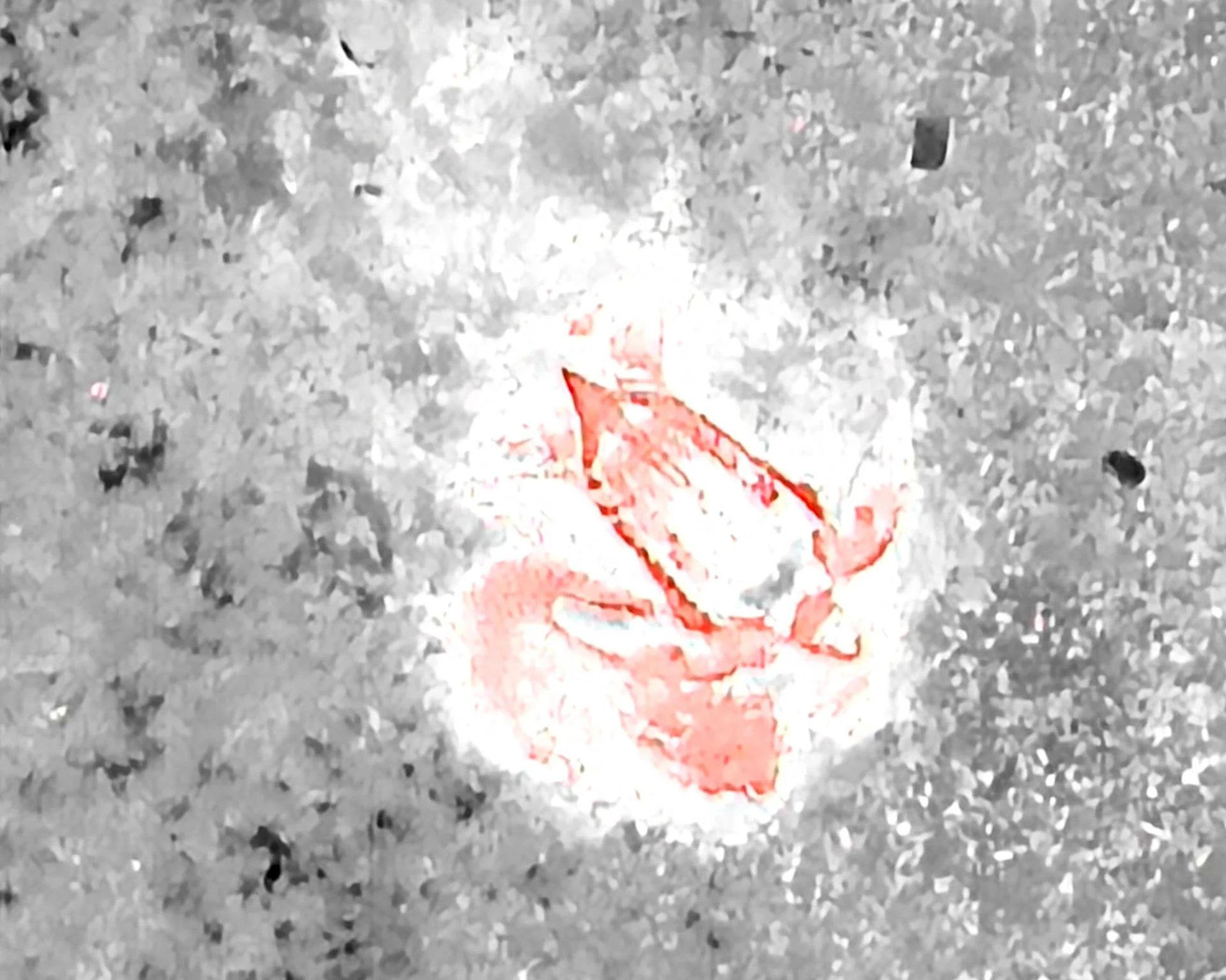
Drone thermal imaging captures rare turtle laying eggs in Thailand
PHANG NGA, Thailand (Reuters) - Thai marine conservation officials have used thermal imaging equipment mounted on a drone to capture footage of a leatherback sea turtle, the world's largest turtle species, coming to shore to lay eggs.
Leatherback sea turtles are classified as vulnerable on the International Union of Conservation of Nature (IUCN) Red List, with populations declining due to habitat loss, poaching, and plastic pollution.
SEE ALSO: Let's meet Canada's sea turtles
The turtle spotted last week had found its way to shore and dug a nest in the sand to lay her eggs. The eggs will incubate for the next 55-60 days before hatching, according to the Department of Marine and Coastal Resources of Thailand's (DMCR) website.

A thermal image of marine and coastal officials standing near a leatherback sea turtle, in Phang Nga, Thailand January 14, 2023, in this screen grab taken from a handout video obtained by Reuters on January 17, 2023. Department of Marine and Coastal Resources/Handout via REUTERS
The department said a thermal drone was able to record more information than labour-intensive human patrolling techniques, as its sensors could detect the body heat of warm-blooded animals - or more specifically the thermal differences between animals and their surrounding environment - despite the darkness.
The technology was helpful in preventing noise and light from disturbing the turtles while nesting, it said.
Thumbnail courtesy of Department of Marine and Coastal Resources/Handout via REUTERS.
(Reporting by Napat Wesshasartar; Editing by Alex Richardson)










